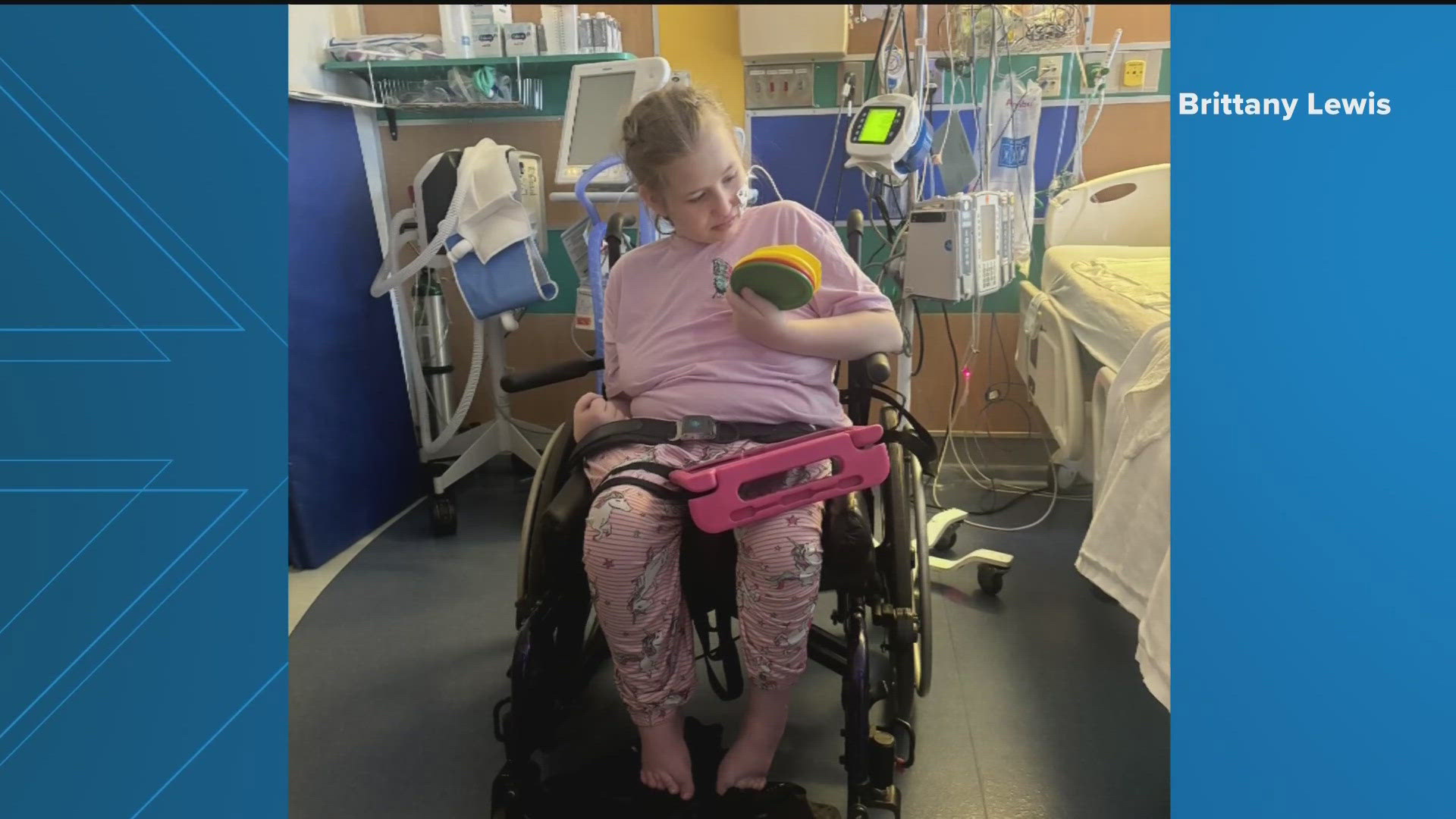
As winter settles in with its characteristic cold, darkness, and potential for seasonal challenges, the impact on children’s mental health and well-being becomes increasingly prominent. The holiday festivities have concluded, and the anticipation of spring break seems distant, leaving both children and parents to navigate the intricate landscape of winter. This period often presents unique stressors, including increased illness, diminished opportunities for outdoor activities, and an overall reduction in daily light exposure. Such factors can significantly influence children’s moods, resulting in heightened irritability and decreased motivation, compounded by academic pressures and disruptions to established routines.
Strategies for Navigating Winter’s Challenges
In light of these seasonal hurdles, it is crucial for parents to proactively approach their children’s mental health by implementing supportive strategies. Acknowledgment and empathy are key components. Simple affirmations like, “I understand you’re feeling cooped up and frustrated about not being able to play outside,” validate children’s feelings and foster open communication channels. By sharing experiences and modeling healthy coping mechanisms, parents can create an environment where their children feel safe to express themselves.
Moreover, fostering creativity can enhance family dynamics and provide much-needed connection amid the seasonal gloom. While traditional outdoor activities may not always be feasible, parents can encourage their children to engage in creative projects, such as crafting letters or cards for friends and family. Additionally, indoor gatherings, whether through playdates or casual meetups at local cafés and libraries, can provide vital social interaction, thereby reducing feelings of isolation.
Promoting physical activity, even within the confines of winter conditions, is paramount for psychological health. Activities such as family yoga sessions, dance parties, or online exercise classes can not only uplift spirits but also establish a routine of physical movement. When weather permits, bundling up for a brief outdoor excursion offers a refreshing change of scenery and the chance to enjoy nature.
Leveraging Community Resources
Parents should also consider exploring local community resources. Many public libraries, community centers, and recreation facilities host engaging activities designed for children, providing opportunities for socialization and physical engagement. Trampoline parks, museums, and organized classes can contribute to breaking the monotony and fostering a sense of community.
The Importance of Light Exposure
Crucially, understanding the connection between light exposure, routine, and mood is essential during these months. A lack of natural light may contribute significantly to feelings of lethargy and low mood. Therefore, maintaining a structured daily routine, including encouraging children to dress and engage with their surroundings, can be beneficial. Simple practices—such as opening curtains to let in natural light, promoting outdoor walks, and utilizing bright indoor lighting—can contribute to mitigating the adverse effects of reduced daylight.
When to Seek Professional Support
Despite these coping strategies, parents must remain vigilant for signs indicating that their children may require additional support. Persistent low moods, drastic behavioral changes, declining academic performance, or an intuitive sense that something is amiss may necessitate professional intervention. Consulting with mental health professionals or the child’s primary care provider is a viable step toward ensuring holistic well-being.
In conclusion, while the winter months can indeed seem lengthy and isolating, it is essential for parents to remember that such seasons are temporary. With focused support, creativity, and community resources, families can navigate this period more successfully, paving the way for the brighter days of spring that lie ahead. For additional insights and resources on youth mental health, visit the Parkview Behavioral Health Institute’s designated services page.

